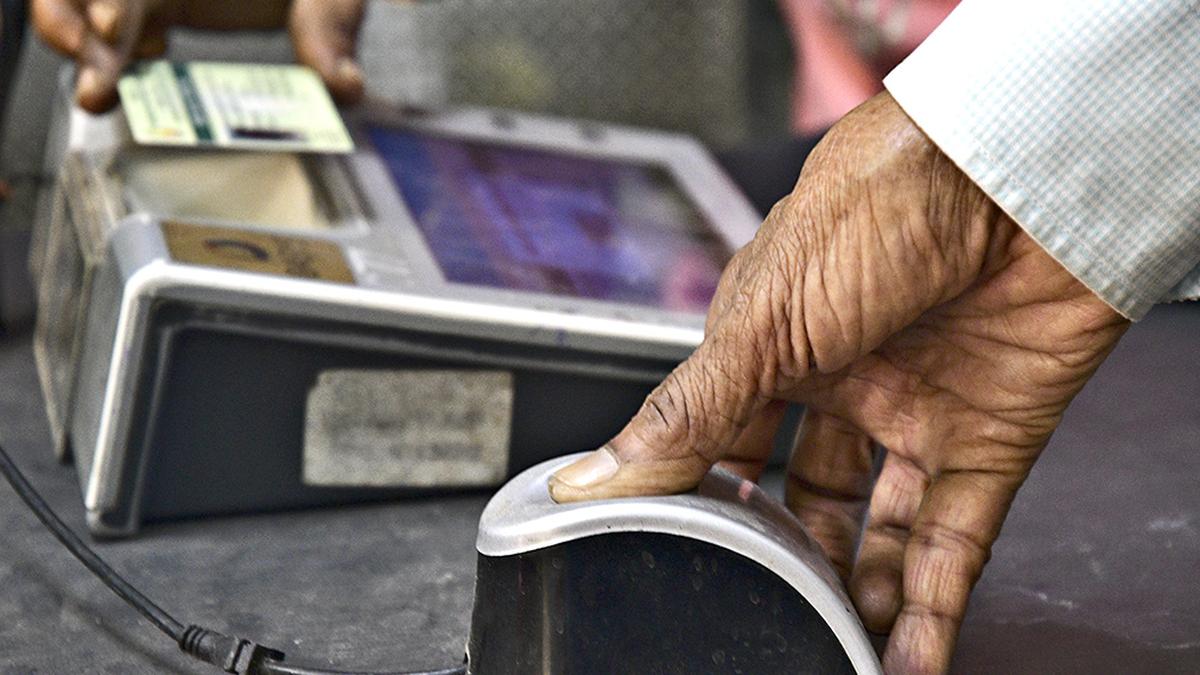Description

Disclaimer: Copyright infringement not intended.
Context
- India's exports from labour-intensive sectors, including textiles, leather, gems and jewellery, and marine products, are experiencing a notable decline, posing challenges to the country's export landscape.
Performance of Key Labour Key Intensive Sectors
Sharp Dip in Key Sectors:
- India's exports from textiles, leather, gems and jewellery, and marine products have witnessed a significant drop of nearly 12% compared to pre-pandemic levels (FY18).
- Amid an overall weakness in demand from developed nations and intense competition from countries like Vietnam and Bangladesh, these sectors are grappling with a downturn in exports.
Decline in Outbound Shipments:
- In the last financial year, while overall goods exports contracted by 3%, exports from labour-intensive sectors experienced a sharper decline of 9%.
- Outbound shipments from these sectors totalled $78 billion, down from $86.32 billion in FY23, showcasing a substantial reduction in trade volume.
- Comparatively, the figures stood higher at $90 billion in FY18 and $88.14 billion in FY19, indicating a steady decline over the past few years.
Factors Contributing to the Decline:
- Weak demand from developed nations: Decreased demand from major export destinations in developed nations has adversely impacted India's exports in labour-intensive sectors.
- Competition from Vietnam and Bangladesh: Intense competition from countries like Vietnam and Bangladesh, known for their competitive pricing and efficient production processes, has posed a significant challenge to Indian exporters.
- Pandemic-induced disruptions: The lingering effects of the COVID-19 pandemic, including supply chain disruptions and reduced consumer spending, have further compounded the challenges faced by these sectors.
Impact on Job Generation and Economic Growth:
- Declining exports in labour-intensive sectors have raised concerns about job losses and reduced economic growth prospects.
- These sectors are significant contributors to employment generation, particularly in rural and semi-urban areas, making their decline a cause for alarm in terms of livelihoods and income stability.
Need for Policy Intervention:
- Addressing the challenges faced by labour-intensive sectors requires a multi-faceted approach, including policy interventions aimed at enhancing competitiveness, promoting innovation, and fostering conducive business environments.
- Collaborative efforts between the government, industry stakeholders, and trade bodies are essential to devise strategies for revitalizing these sectors and rejuvenating India's export growth trajectory.
Challenges Faced by India's Textile and Garments Exports
Market Share Erosion:
- Over the past seven years, India's textile and garments exports have stagnated around $35 billion, while competitors like Vietnam and Bangladesh have gained market share.
- Vietnam and Bangladesh benefit from free trade agreements (FTAs) and Least Developed Country (LDC) status, offering them 10-15% duty concessions, enhancing their competitiveness in global markets.
Impact on Small and Medium-Scale Industry:
- Small and medium-scale textile enterprises are grappling with the challenges of remaining viable amid tough market conditions.
- Closure of businesses and layoffs of artisans, weavers, and workers dependent on the textile industry for livelihoods are becoming increasingly common, exacerbating socio-economic challenges.
Global Competitive Landscape:
- China remains the dominant player in garment exports, followed by the European Union (EU), Vietnam, Bangladesh, and India, as per the Global Trade and Research Initiative (GTRI).
- India's garment exports pale in comparison to its counterparts, with only $14.5 billion in exports in 2023, highlighting the country's declining global market share in the sector.
Lackluster Export Growth:
- While Bangladesh and Vietnam have witnessed robust growth in garment exports, India's export growth has been lackluster, growing by only 4.6% from 2013 to 2023.
- Consequently, India's global market share in garment trade has declined over the years, reflecting a diminishing competitive position in the international market.
Need for Strategic Interventions:
- India's textile and garments industry requires strategic interventions to address structural challenges and enhance competitiveness.
- Diversification efforts, policy support, and measures to improve productivity and innovation are crucial for revitalizing the sector and reclaiming lost market share.
- In summary, India's textile and garments exports face formidable challenges, including market share erosion, stiff competition, and lackluster export growth.
- Urgent action is needed to bolster the competitiveness of the sector, safeguard livelihoods, and revitalize India's position in the global textile and garments market.
Challenges and Initiatives in India's Export Landscape
Declining Market Share in Labour-Intensive Sectors:
- India's exports from labour-intensive sectors like textiles, leather, gems and jewellery, and marine products have seen a sharp decline of nearly 12% compared to pre-pandemic levels in FY18.
- Global trade in knitted garments expanded by 6%, while India's exports in the segment declined. Similarly, Bangladesh and Vietnam managed growth in woven garments while India's exports remained stagnant.
Government Initiatives to Enhance Competitiveness:
- The Union government launched the Mega Investment Textiles Parks (MITRA) program in 2021 to increase investment and competitiveness in the textiles sector.
- Remission of Duties and Taxes on Exported Products (RoDTEP) scheme extended to 18 items to support the textiles sector and enhance global competitiveness.
Rising Imports and Lower Net Value Addition:
- India's total imports have surged faster than exports, indicating lower net value addition.
- Imports surged 46% to $677 billion in FY24 compared to $465 billion in FY18, outpacing the growth in exports.
Sectoral Challenges and Opportunities:
- Gems and jewellery sector witnessed a decline of over 20% in exports to $32.7 billion compared to FY18, attributed to global headwinds and declining demand.
- India-UAE Free Trade Agreement (FTA) boosted gems and jewellery exports by nearly 40% to $8.04 billion in FY24, indicating the potential of FTAs in boosting exports.
Impact of Global Disruptions on Exports:
- Disruptions in the Red Sea area pose challenges to exports, particularly in sectors like textiles and leather products due to higher freight rates.
- Ongoing Red Sea shipping disruptions could add 0.7 percentage points to global core goods inflation during the first half of 2024, according to JP Morgan Research.’
Conclusion
- In conclusion, India's export landscape faces multifaceted challenges ranging from declining market share to rising imports and global disruptions.
- Government initiatives, sectoral strategies, and leveraging FTAs are essential for revitalizing exports and navigating the evolving global trade dynamics.
|
PRACTICE QUESTION
Q. Examine the export performance of labor-intensive sectors in India and suggest strategies to address their decline, considering their significance for employment and economic growth.
|
Array
(
[0] => daily-current-affairs/performance-of-key-labour-key-intensive-sectors
[1] => daily-current-affairs
[2] => performance-of-key-labour-key-intensive-sectors
)








